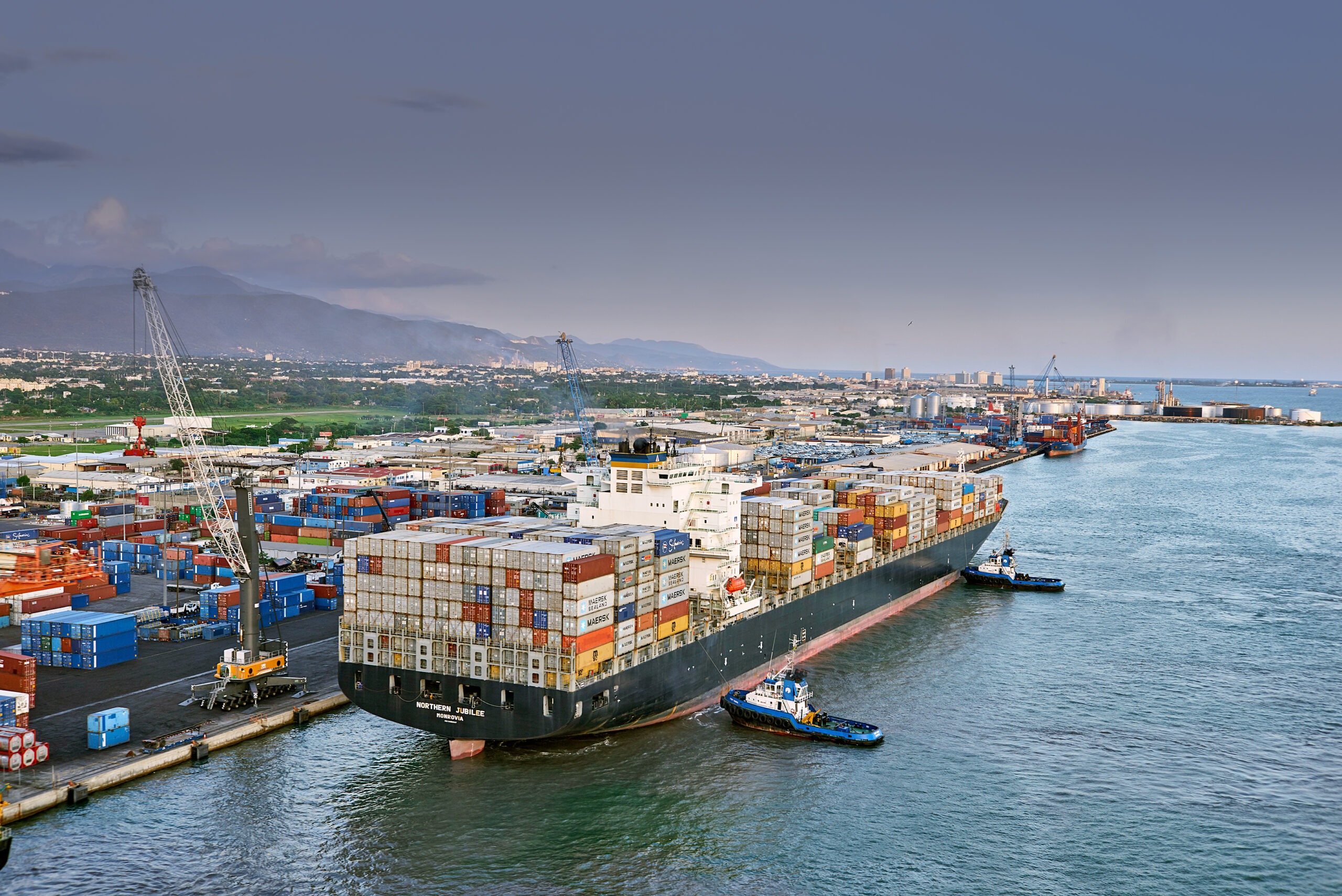AI and the Shipping Industry: Disruption or Evolution?
The shipping industry plays a fundamental role in global trade. As the sector continues to modernize and address pressing environmental concerns, Artificial Intelligence (AI) has emerged as a prominent component of this digital transformation. While AI offers potential advantages, its adoption in the shipping industry also prompts important questions about long-term sustainability and environmental impact.
In 2023, the Caribbean Shipping Association (CSA) and the Inter-American Development Bank (IDB) reaffirmed their commitment to decarbonizing the shipping sector, focusing on a transition from fossil fuels to renewable energy. As this transformation unfolds, it’s important to consider how emerging technologies like AI can support or challenge those environmental goals.

AI in Shipping: Opportunities and Trade-offs
AI has been recognized as a technology capable of increasing operational efficiency across various industries, including shipping. From route optimization that reduces fuel use to predictive maintenance that minimizes equipment failure, AI-driven systems offer promising tools to streamline operations and potentially reduce costs.
These technologies may contribute positively by helping vessels operate more efficiently, lowering emissions through smarter fuel management, and even supporting better logistics planning across supply chains. However, like any major innovation, AI comes with trade-offs that warrant careful examination.
Environmental Considerations of AI Deployment
A key concern surrounding AI integration is its environmental footprint, particularly the energy consumption of large data centers and the carbon emissions associated with training complex algorithms. While AI may help reduce emissions in some areas, the backend infrastructure required to power AI solutions—such as data processing facilities—can consume significant electricity, sometimes sourced from fossil fuels.
In addition, the production and disposal of AI-related hardware raises sustainability concerns. Components like servers, GPUs, and specialized chips have limited life cycles, contributing to electronic waste and increasing demand for rare earth materials. Cooling systems used to regulate AI infrastructure can further amplify energy consumption. These environmental impacts add another layer of complexity to decisions around adopting AI in a sector already under pressure to reduce its ecological footprint. As a result, it’s essential to consider whether the environmental costs of AI implementation outweigh the potential benefits in a shipping context.
Balancing Technological Innovation with Environmental Responsibility
The shipping industry is already navigating significant environmental challenges, including marine pollution and greenhouse gas emissions. The International Maritime Organization (IMO) estimates that international shipping accounts for approximately 2–3% of global GHG (green house gas) emissions. Initiatives to reduce reliance on heavy fuel oils and invest in renewable energy sources are therefore vital.
As the sector looks to digital tools for solutions, it’s important to maintain a balanced perspective. AI has the potential to assist with sustainability goals, but it should not be seen as a standalone or all-encompassing fix. Over-reliance on any single solution may divert attention from equally important strategies—such as cleaner fuels, updated infrastructure, and stricter environmental regulations—that can offer more immediate and measurable results.
A Path Forward for Sustainable Innovation
Rather than positioning AI as a risk or a remedy, it may be more constructive to explore how it can be used responsibly and in conjunction with broader sustainability initiatives. Thoughtful implementation of AI—alongside ongoing investments in green technologies and regulatory compliance—could help the shipping industry navigate its environmental responsibilities more effectively.
Ensuring that AI tools are powered by renewable energy, designing systems with energy efficiency in mind, and improving the recyclability of hardware components are just a few of the ways the environmental impact of AI can be mitigated.
AI AND THE SHIPPING INDUSTRY – Aligning Innovation with Sustainability Goals
As global supply chains evolve and environmental concerns remain a top priority, the question is not whether to use AI in shipping, but how to use it responsibly. Stakeholders must weigh the benefits of AI-driven efficiencies against the environmental costs, seeking solutions that align with the long-term goal of a more sustainable shipping industry.
At ADVANTUM, we support innovation that aligns with environmental responsibility. As we continue to provide digital tools for efficiency and growth, we remain committed to supporting the industry’s broader goal of decarbonization and ecological stewardship.
Technological progress and environmental sustainability are not mutually exclusive. With careful planning, transparent practices, and a commitment to continuous improvement, the shipping industry can harness the advantages of AI while maintaining focus on the health of the planet.
